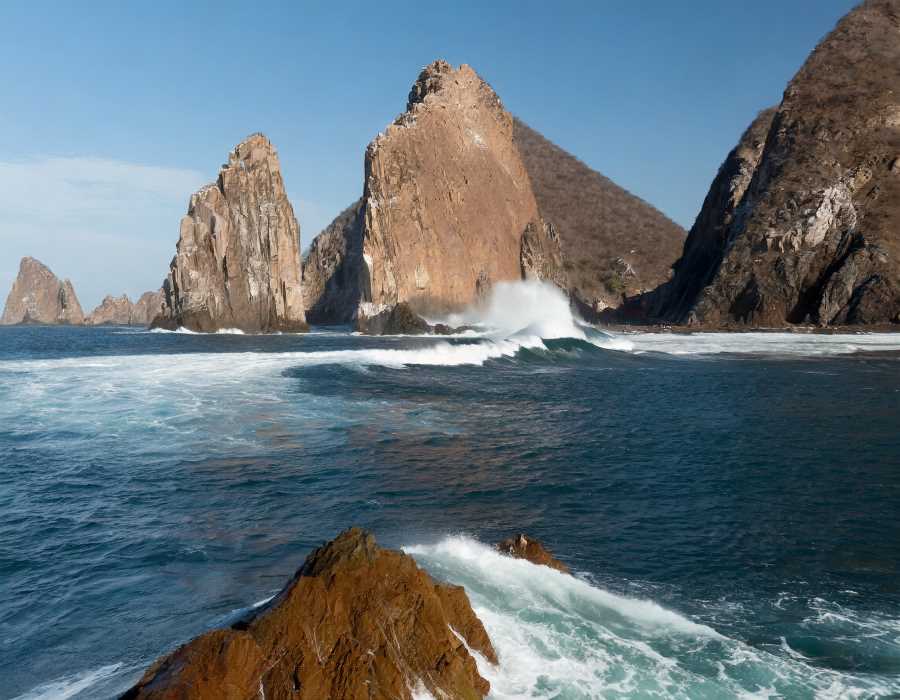El Niño's Impact on Mexican Pacific Waters and Beyond
El Niño's prolonged presence in Mexico's Pacific waters intensifies global warming, elevating hurricane risks. Coral reefs face unprecedented bleaching, with 80-100% loss. Ocean warming disrupts bacterial processes, posing threats to coastal areas.

In recent revelations by the Institute of Atmospheric Sciences and Climate Change (ICAyCC) at UNAM, researchers shed light on the prolonged presence of the El Niño phenomenon, forecasting its continuation until the initial months of 2024. This phenomenon, historically reaching its peak between December and February, is anticipated to persist into the spring months of the upcoming year, significantly influencing the climate dynamics of the Mexican Pacific waters.
Jorge Zavala Hidalgo, director of ICAyCC, highlighted the substantial contribution of El Niño to the ongoing global warming trend in the Mexican Pacific. The repercussions are profound, with the region bracing for the likelihood of more intense hurricanes and the distressing loss of coral reefs across the country.




